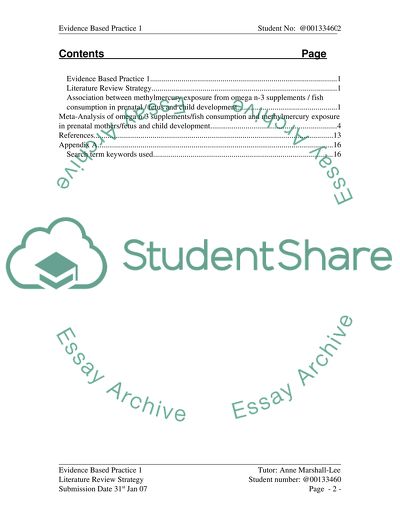Cite this document
(Meta-Analysis of Omega N-3 Supplements Literature review - 3, n.d.)
Meta-Analysis of Omega N-3 Supplements Literature review - 3. Retrieved from https://studentshare.org/health-sciences-medicine/1539040-evidence-based-practice
Meta-Analysis of Omega N-3 Supplements Literature review - 3. Retrieved from https://studentshare.org/health-sciences-medicine/1539040-evidence-based-practice
(Meta-Analysis of Omega N-3 Supplements Literature Review - 3)
Meta-Analysis of Omega N-3 Supplements Literature Review - 3. https://studentshare.org/health-sciences-medicine/1539040-evidence-based-practice.
Meta-Analysis of Omega N-3 Supplements Literature Review - 3. https://studentshare.org/health-sciences-medicine/1539040-evidence-based-practice.
“Meta-Analysis of Omega N-3 Supplements Literature Review - 3”. https://studentshare.org/health-sciences-medicine/1539040-evidence-based-practice.


